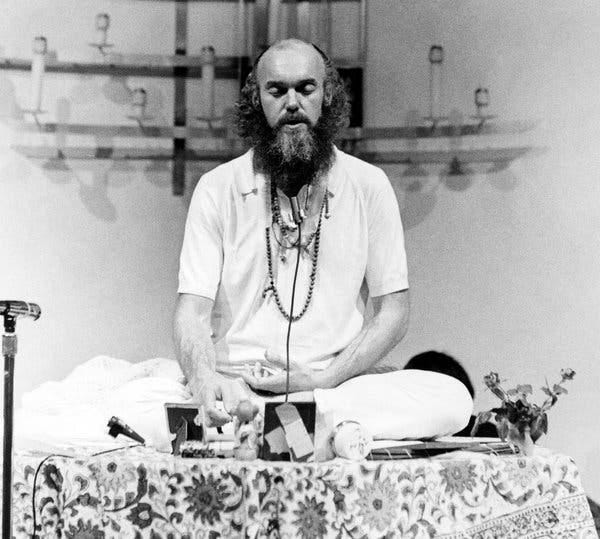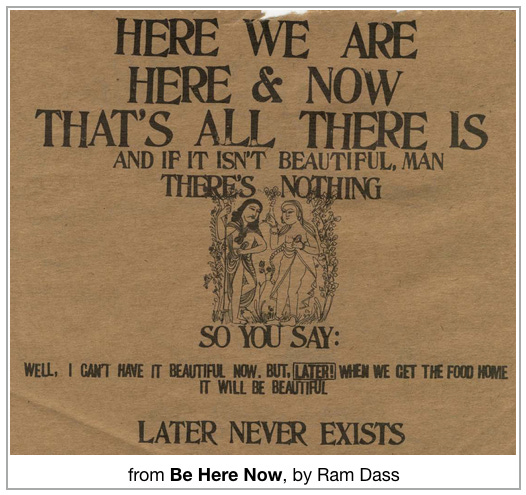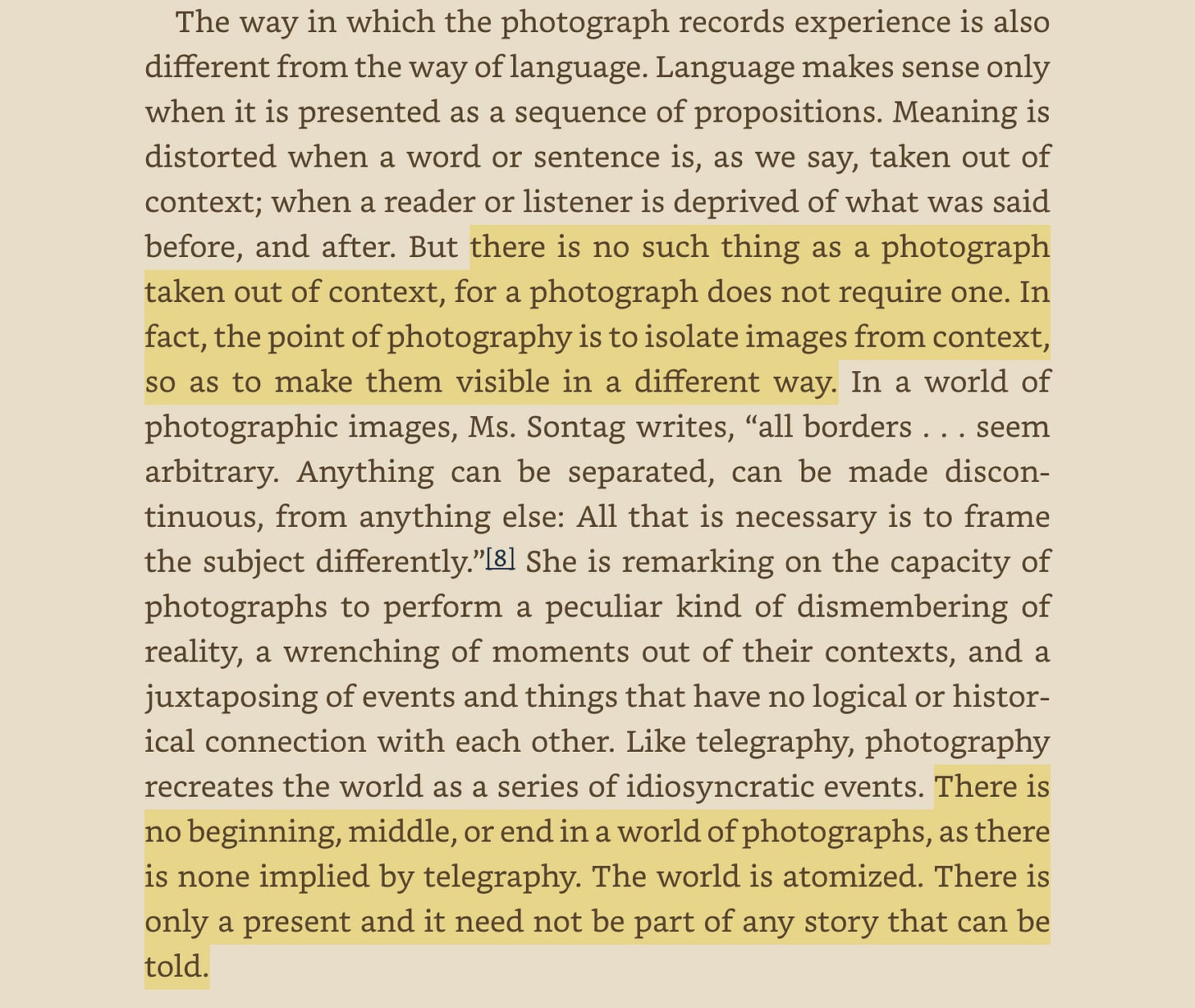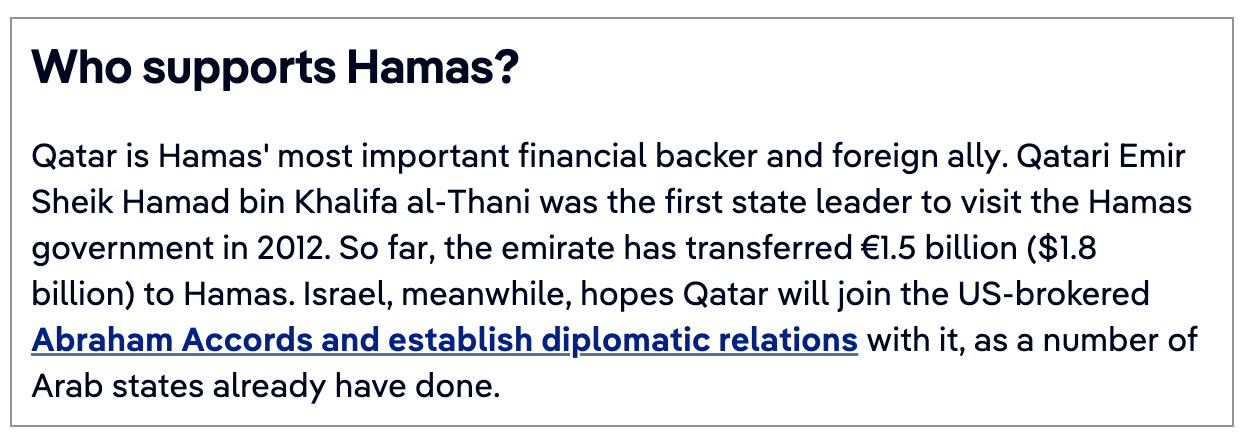This post is not about the death of reporter Anas al-Sharif and related questions, such as: Who, exactly, is a journalist?
This post is not about what stories Anas al-Sharif was paid to tell by his employer, Al Jazeera.
And it’s not about the image above — a solitary “PRESS” man, bravely standing amidst the rubble of Gaza to bear witness to a “genocide.”
This post is about the genius of Hamas, and how the architects of October 7th understood two critical shifts in the West — one philosophical, the other cultural.
1. Eastern philosophy: “Be here now.”
Hamas knows that we are no longer able to pay attention for any sustained period of time. They know we get bored easily, so we seek constant stimulation. They also know we’re painfully ignorant about the history of the Middle East.
POP QUIZ: True or False » William Peel was the grandfather of Emma Peel.

When we try to explain why we can’t focus anymore, the usual suspect is technology: Our phones, the endless doom scrolling, the dopamine hits — these demonic machines are rewiring our brains!
But that rewiring was underway generations ago, when the hippies gave new life to a very old (Eastern) idea:
Who was Ram Dass?

Ram Dass (born Richard Alpert; April 6, 1931 – December 22, 2019), also known as Baba Ram Dass, was an American spiritual teacher, guru of modern yoga, psychologist, and writer. His best-selling 1971 book Be Here Now, which has been described by multiple reviewers as “seminal,” helped popularize Eastern spirituality and yoga in the West…
His parents were Gertrude (Levin) and George Alpert, a lawyer in Boston. He considered himself an atheist during his early life. “My Jewish trip was primarily political Judaism,” he said. … “[I was] inured to religion. I didn’t have one whiff of God until I took psychedelics.” … “What I mostly remember about my bar mitzvah was that it was an empty ritual. It was flat. Absolutely flat. There was a disappointing hollowness to the moment. There was nothing, nothing, nothing in it for my heart.”
Walking away from Judaism, Ram Dass found a new home among Eastern mystics who insist that yesterday doesn’t exist, and neither does tomorrow. Time is a fiction. And history — the heavy yoke of memory and responsibility bequeathed to us by our ancestors (and our parents) — can magically vanish in a flash of spiritual enlightenment, if you follow The Way: The true self is pure consciousness… Let go of attachments; they weigh you down… Unconditional love is a state of being… Embrace the present moment… and so on.
Be Here Now means that Never Again means nothing at all.
(Roughly 50 years ago, a bunch of bored French intellectuals pulled off a similar and complementary trick — making history disappear by turning words into mush, and the pursuit of truth into a game for suckers and losers. More here and here.)
Into this brave new Eternal Now surges a tsunami of gut-wrenching images from Gaza. But without the past as a guide or the future as a goal, we’re adrift without an anchor. Staring at the grisly scenes in Gaza, we have no context or framework to help us understand, but we do have feelings. Plenty of feelings: We are seething, livid, furious, enraged.
2. Western culture and the death of context
This viral meme perfectly captures the current zeitgeist: “We’re not talking about this conflict anymore. There will be no more discussion or debate. All your big words, long-winded arguments, and clever counterpoints are a smokescreen you Jews are throwing at the world to hide Israel’s genocidal war in Gaza, and I refuse to be blinded by your deceit.”
Well, if we’re not going to read or write anything, how else can we communicate?
With images. With endless waves of photographs and videos that overwhelm our algorithmic feeds and our emotions, day after day: Gaza in ruins… dead Palestinians… starving children… ‘STOP THE GENOCIDE!!’… More tomorrow.
From Neil Postman’s Amusing Ourselves To Death:
“Photographs… perform a peculiar kind of dismembering of reality… There is no beginning, middle, or end in a world of photographs… The world is atomized. There is only a present and it need not be part of any story that can be told.”
(Video works the same way, except it expands Right Now to three or four minutes.)
But wait, you say. Israel plays the same game! Think about the GoPro videos from October 7th — “the worst mass murder of Jews in a single day since the Holocaust,” we are repeatedly told. Those videos atomize the world, too, by showcasing gruesome images that evoke sympathy for the Israelis without acknowledging the historic plight of the Palestinian people.
I’d agree, except for one troublesome fact: Have you actually seen those videos? I haven’t. I can’t bear to watch them. The descriptions alone are so horrific that I’m certain the footage would haunt me forever.
My revulsion is part of Hamas’ calculus, of course. Why else would they have shot and distributed the videos? The strategy was to make October 7th so brutal, barbaric, and psychologically disturbing that Israel would be compelled to respond with overwhelming force AND Hamas’ homicidal bloodlust would be so revolting that most civilized people would never see the videos.
Think about it: Why didn’t every news organization in the world post those GoPro videos at the top of their home pages instead of burying them beneath layers of links and viewer advisories?
In the end…
… we are presented with two competing narratives:
The nation of Israel keeps trying to tell the world a Story that requires historic context, memory, and your time and attention. It requires some homework.
Hamas simply wants you to see the gory images from Gaza… to Be Here Now… and to honor your feelings. No homework necessary.
Put another way:
Israel wants you to think like a historian, which requires words and reading so you can understand.
Hamas wants you to behave like a journalist, which only requires you to look at the world as it is right now, if only for a moment, so you can feel.
This means that when you see (criminally misleading) images like this one…
… the only question that seems to matter is:
How does it make you feel?
Somewhere, Yahya Sinwar is smiling.

Postscript
Was Anas al-Sharif a journalist?

This final message from Anas al-Sharif reflects many things, but it certainly is not what you’d expect from a journalist.
(Al-Sharif worked for Al Jazeera, which is funded by the Qatari government, which supports Hamas.)











I am trying not to be depressed.
Genius. "Be here now" comes from the same fascist impulse as book burning to remake the world and escape its tragedy into a new utopia. The pursuit of utopia leads only to the destruction of humanity. The world cannot be remade and its tragedy must be faced.